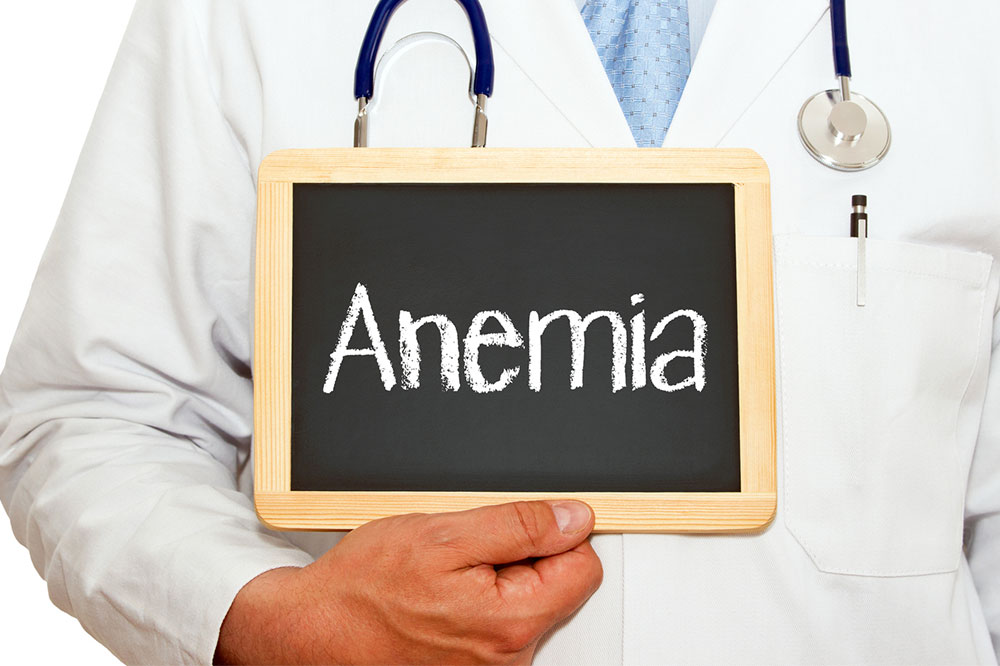
The Most Common Symptoms of Anemia
Anemia happens because of the low number of red blood cells in the body. In a routine blood test, hemoglobin levels are checked to know if you are anemic or not. Hemoglobin is an essential protein in the red blood cells of your body. It carries oxygen to the tissues and organs to help them function properly.
Certain factors, such as surgery, accidents, an inadequate diet, and health conditions, may destroy red blood cells faster than they are produced, causing anemia. Here are some symptoms of anemia to watch out for.
1. Weakness and dizziness
These are among the most common symptoms of anemia. If you feel weak and dizzy most of the time, you must get your hemoglobin levels checked. It is also essential to include foods containing iron, folate, and vitamin B-12 in your diet. These foods will help increase red blood cells in the body and ease these symptoms.
2. Headache
You may have a low count of red blood cells in your body if you suffer from frequent or severe headaches. According to experts, a deficiency of iron or vitamins may cause headaches because of low oxygen levels in the brain. In simple terms, low hemoglobin levels in the red blood cells prevent enough oxygen from reaching the brain. This causes the blood vessels in your brain to swell, thereby resulting in pressure and headaches.
3. Fast heartbeat or heart palpitations
Irregular heartbeats and heart palpitations are common symptoms of anemia. When you have low hemoglobin levels in your blood, your heart must work harder to carry oxygen. This may make your heartbeats irregular or abnormally fast.
4. Shortness of breath
Hemoglobin allows red blood cells to carry oxygen around your body. If you have low hemoglobin levels, oxygen levels will also be low. This prevents your muscles from receiving enough oxygen for performing everyday activities, as the body tries to get more oxygen, your breathing increases. Hence, you may experience shortness of breath while walking, working out, climbing stairs, and doing other activities.
5. Pale or yellow skin
If your skin looks pale and yellowish, you may be anemic. Hemoglobin gives a red color to blood, and low hemoglobin levels will make your blood less red. This will either make your entire body or specific parts pale, such as the face, nails, lower eyelids, and gums.
6. Unusual tiredness
If you feel tired even after a good night’s sleep, you may have insufficient levels of hemoglobin or iron in your blood. Low hemoglobin levels deprive the organs of oxygen. Hence, your heart works harder to move oxygen-rich blood throughout the body, making you feel tired, weak, and cranky most of the time.
Anemia symptoms are usually mild in the beginning. However, they worsen as the condition aggravates. Low blood hemoglobin levels may also cause chest pain, cold hands and feet, body pain, lightheadedness, and swelling and soreness in the mouth and tongue.



